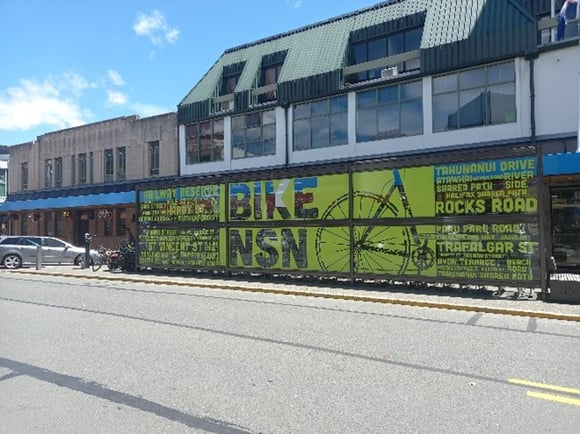While on holiday in the Nelson region over the Christmas break, I stayed with my mother in Richmond who still lives in the house where I spent my later teenage years. Back then, the street used to mark the western edge of Richmond. I remember the deer farm that bounded our street and the stags that used to roar at night. Nowadays, the western edge of Richmond is much further west. Over the past few decades, housing developments have been filling in land formerly used for growing fruit and vegetables as Richmond expands its horizons. Richmond is just one of many towns around New Zealand experiencing growth which begs the question; how do we manage travel demand as a result of population growth?
Population growth and travel demand
As expected, population growth is met with increased travel demand. But does population growth have to equal traffic demand? Transport planners are grappling with managing traffic demand, and even if we are to default to the “predict and provide” approach, the reality is that some New Zealand towns remain geographically constrained. Thus, building more road capacity to solve congestion issues in the short term will not work in the long term and more importantly doesn’t align with climate goals. We need to create more sustainable transport systems, NOW!
Many Councils are developing growth strategies that set out their approach to land use and infrastructure. For example Nelson and Tasman District have a Future Development Strategy that promotes intensification and recognises that transport is critical to the efficiency and liveability of urban areas and rural communities. It also recognises that it is necessary to provide transport infrastructure to the expansion areas, but at the same time, over investment in road capacity may undermine support for intensification.
How do we tackle this growing issue?
Strategies aside, how do we best tackle this fast-growing issue when most people don’t live adjacent to their work, school or leisure activities? There are several ways to manage traffic demand sustainably which are pretty fundamental and not rocket science. They comprise active transport, public transport and managing parking. The public ultimately need to engage with these fundamentals and not look to a magic solution – because there isn’t one!
Catering for active forms of transport – such as walking, cycling, micro-mobility- are of the utmost importance when managing travel demand in areas of growth. For example, we can ensure that new developments are highly accessible and connect into wider networks while not being car-centric. Part of the Great Taste cycle trail network connecting Richmond and Nelson, serves as an excellent example of an alternative active commuting option, particularly as E-bikes can make the trip quicker, potentially even quicker than driving. Active commuting can also be encouraged by enforcing District Plan rules such as businesses providing end of trip facilities (e.g. showers and lockers) in workplaces for those who choose to cycle, walk or run to work. Continuing to develop walking and cycling networks and repairing and upgrading those in need are also vital aspects to enable active travel and manage traffic demand sustainably. I spotted this double level bike parking facility in central Nelson taking up previous car park spaces, a great way to provide bike parking and make a statement!


We can also manage traffic demand in growing towns by further introducing or expanding our public transport systems. Increasing the frequency of public transport options and the coverage of pre-existing systems and services, can increase its appeal to car users. Future proofing new developments for public transport ensures existing systems can be expanded. This is done by incorporating appropriate street designs into our new developments that could accommodate buses in the future if need be. Many of the vehicle trips into and out of Nelson, Stoke and Richmond originate in the rural areas, this lends itself to a Park and Ride approach to reduce traffic on urban roads, as cycling may not be feasible for these trips. Meanwhile, we can continue developing innovative solutions via public transport like the Queenstown Orbus network – which provides convenient and affordable public transport for Bee Card holders.
Lastly, applying effective parking management strategies helps to reduce traffic and congestion in our growing towns. With alternative forms of transport in place like public transport, we can develop parking strategies that effectively manage supply and demand, through parking pricing and car park time restrictions. Such a strategy could further encourage more sustainable forms of commuting and contribute towards cutting down the number of cars on our roads, thus managing traffic demand. Encouraging carpooling by building priority parking spaces similar to those at ferry terminals or supporting car share schemes such as Cityhop and Mevo are also ways that we could manage traffic demand.
Growth in New Zealand is inevitable, but we need to best manage it to avoid poor transport outcomes, and hence poor liveability, health and climate outcomes . There are actions and sustainable solutions that we can all take towards this as individuals and professionals. Many of my mother’s friends ask me “you’re a transport engineer can’t you sort this mess out?”, my answer being “what are you doing about it as a resident of this region, how are you helping sort this out!”.
.png?width=556&height=152&name=Abley_MasterLogo-Website%20(1).png)


